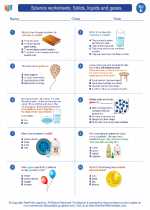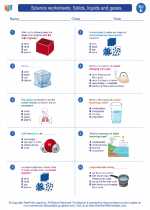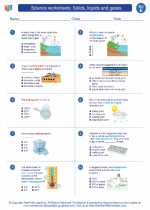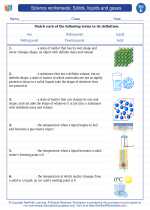Understanding Air Pressure
Air pressure is the result of the weight of the air above a particular point in the atmosphere pressing down on that point. The pressure decreases as you move higher in the atmosphere because there is less air above you exerting force.
Factors Affecting Air Pressure
Several factors can affect air pressure, including altitude, temperature, and humidity. As altitude increases, air pressure decreases. Temperature also plays a role; as air warms, it expands and becomes less dense, leading to lower air pressure. Additionally, air pressure decreases with increasing humidity, as water vapor is less dense than dry air.
Measuring Air Pressure
Air pressure is commonly measured using a device called a barometer. There are two main types of barometers: mercury and aneroid. Mercury barometers use a column of mercury to measure air pressure, while aneroid barometers use a small, flexible metal box called an aneroid cell. The pressure is indicated by the movement of a needle on a dial.
Applications of Air Pressure
Understanding air pressure is crucial in meteorology for predicting weather patterns. High-pressure systems typically bring fair weather, while low-pressure systems are associated with stormy or rainy conditions. Air pressure is also important in various engineering applications, such as in the operation of pneumatic systems and in the design of aircraft and rockets.
Study Guide: Air Pressure
- Define air pressure and explain its causes.
- Describe how altitude, temperature, and humidity affect air pressure.
- Explain the principles behind the operation of barometers.
- Discuss the significance of air pressure in meteorology and engineering.
- Conduct experiments to demonstrate the effects of air pressure.
◂Science Worksheets and Study Guides Fifth Grade. Science worksheets: Solids, liquids and gases.

 Worksheet/Answer key
Worksheet/Answer key
 Worksheet/Answer key
Worksheet/Answer key
 Worksheet/Answer key
Worksheet/Answer key
 Vocabulary/Answer key
Vocabulary/Answer key
